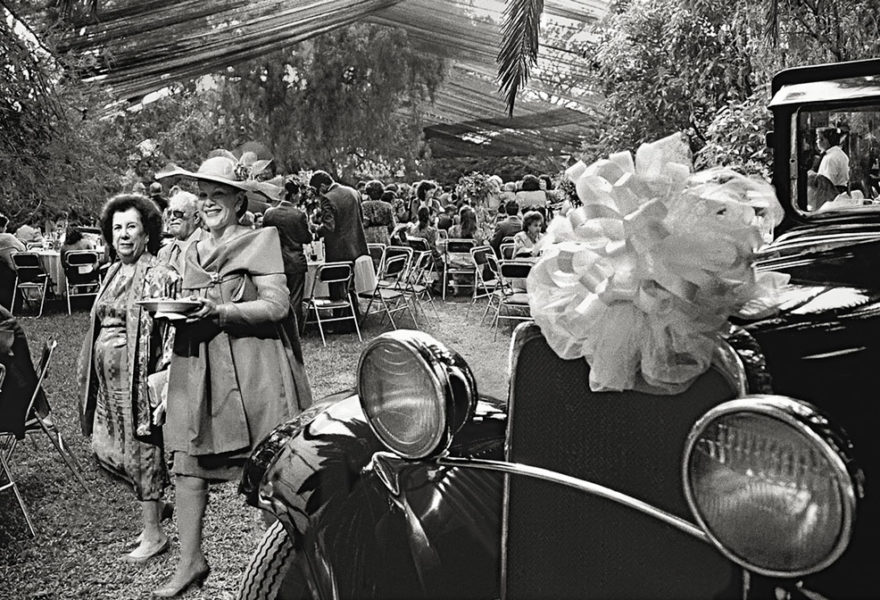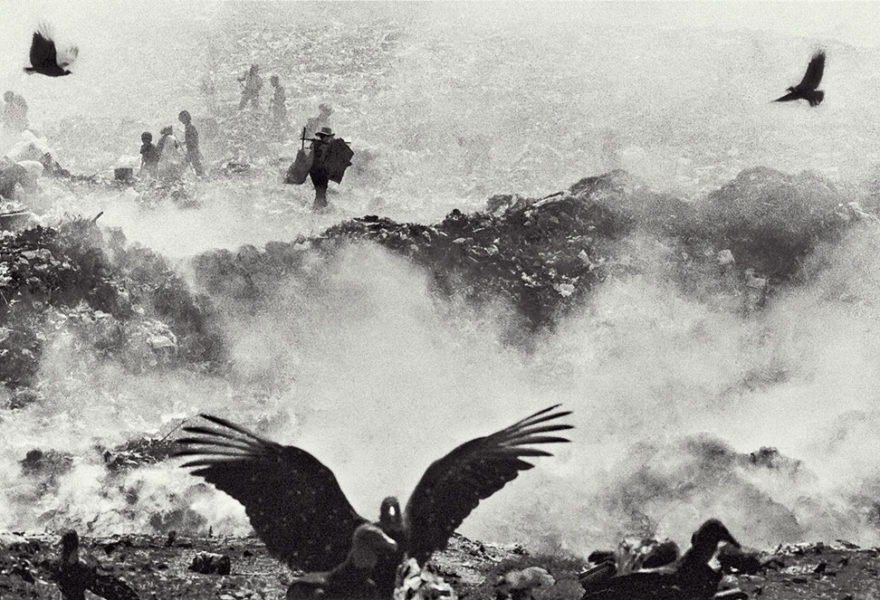Guatemala. Land of the Quetzal 1982 – 1993
In 1983, during Pope John Paul ii’s visit to Guatemala, Antonio Turok traveled to this country. Thanks to his North American journalism contacts he documented where the Massacre of Las Dos Erres took place, where a group of Guatemalan paramilitaries carried out one of many massacres.
Background to the civil war
“In this sense the Guatemalan Spring [1944-1954] as it is called, commonly well valued, had an elitist and limited nature because it didn’t include the diverse identity citizens. Indigenous people were defined then, from the capital’s perspective, as part of the peasant class, who would enjoy their right to land only after their previous ‘civilizing’ in the cultural sense, that is to say after their complete assimilation. The specificity of their secular community development, completely different ideological and spiritual perspective were in no aspect perceived or determined, as well as their traditional social structure to which they were so closely united up to that same point. During the military dictatorship established after the coup in 1954 the situation worsened even more. First, in the so-called ‘proprietary regulation acts’ which in reality consisted of progressively removing the indigenous people from their lands, which were inhabited by them for centuries, in the setting of a concentrationary action of land for cattle ranches”. (Sniadecha-Kotarska, 2009, 200)
The guerilla in Central America
“War has sat upon Central America. Mortars speak harder than urns, and machine guns silence diplomacy. The sound of helicopters has been incorporated to the sound of the fields and jungles of El Salvador, Nicaragua, and Guatemala… In the last decade [1980] 150,000 men and women have died in Central America, victims of political violence. It is literally a fight to the death for the change or preservation of the status quo. Never before in the tumultuous Mesoamerican history had so many people suffered in political conflicts”. (Shor, 1989, 9-10)
“Contact was maintained between Central and South America guerilla organizations. And according to testimonies from the Guatemalan guerrilla leaders there were ties mainly between the Sandinistas from Nicaragua and the People’s Revolutionary Army of El Salvador (erpfsln) and the Farabundo Martí National Liberation Front (fmln). A lot of Central American revolutionaries took part in the offensive against Somoza in 1978 and next year’s Sandinista triumph meant an important stabilizing factor for both the four Guatemalan guerrillas, which in 1982 formed the Guatemalan National Revolutionary Unity (unrg), and the fmln”. (Allison et al., 2014) (Molden, 2015, 73)
Armed fighting and ethnic cleansing
“For nearly two decades (years 1980-1990), as a result from the war between State and guerrillas the identification processes of the inhabitants of the rural areas were dominated by a new idea: The idea of being a part of a class detrimental to their ethnic background, relegated to a secondary role (by another party, as was with the elections that came from the base) due to the geopolitical situation. The policy of Guatemalan governments up to 1995 was based in forced solutions towards different ethnic groups. In response, the indigenous people concentrated from the beginning (1978) on social movement and later on politics, joining the left-wing class movements and the guerrilla This link propelled the armed conflict, which had been brewing for years in rural areas and that hadn’t been started by its own inhabitants, but by the middle, working class and by disgruntled military blankets, incapable of functioning in cities controlled by the State’s Armed Forces and forced to move to the Altiplano zone.” (Sniadecka-Kotarska, 2009, 202)


